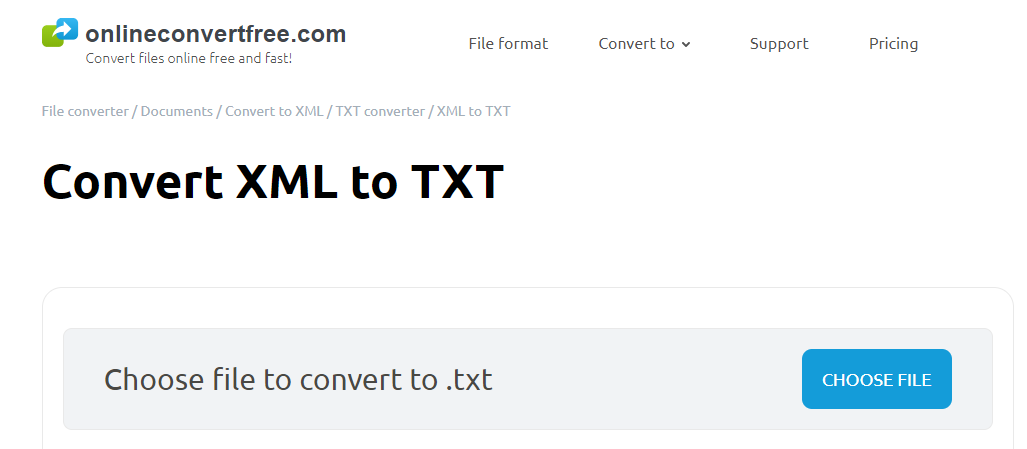

Instead, XML allows users to create their own markup symbols to describe content, making an unlimited and self-defining symbol set.Įssentially, HTML is a language that focuses on the presentation of content, while XML is a dedicated data-description language used to store data. XML doesn’t have a predefined markup language, like HTML does. The thing that differentiates XML, though, is that it’s extensible.

For example, the following simple HTML code uses tags to make some words bold and some italic: This is how you make bold text and this is how you make italic text It’s probably easiest to compare it to another markup language with which you might be familiar-the Hypertext Markup Language (HTML) used to encode web pages. HTML uses a pre-defined set of markup symbols (short codes) that describe the format of content on a web page. It does this through the use of tags that define the structure of the document, as well as how the document should be stored and transported. XML is a markup language created by the World Wide Web Consortium (W3C) to define a syntax for encoding documents that both humans and machines could read.

These are really just plain text files that use custom tags to describe the structure and other features of the document. xml file extension is an Extensible Markup Language (XML) file.


 0 kommentar(er)
0 kommentar(er)
